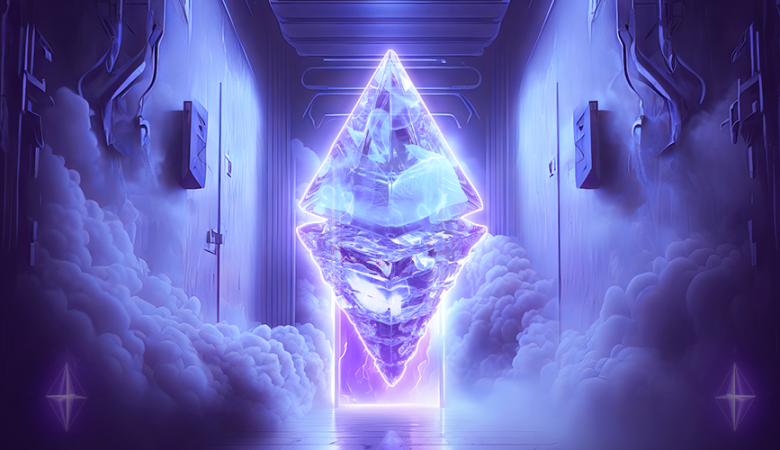Every self-respecting trading platform features an advanced display of price change over time. The screen is stuffed with information; traders must feel like airplane pilots with so many indicators at hand. Can you figure out what is going on with the market looking at the chart? We can help with that.
How to read candlestick charts crypto: a brief historical reference
We won’t dive into too much detail, don’t worry. History has little relevance to the subject of our article. It won’t make you a better trader for sure but it can still demonstrate how a certain practice has been improving for centuries and why it has a certain form nowadays.
Candlestick charts originated in Japan around the 1700s. The whole world was interested in the workings of Economics back then; “The Wealth of Nations” (otherwise known as the Bible of capitalism) appeared approximately at the same time. The candles are meant to visualize the change of key market characteristics over various periods of time: high, low, open, and close prices of a certain good.
How to read candlestick charts crypto: right to the point
A candlestick chart is seemingly hard to understand because it is loaded with statistical market data. Besides candles it may be cluttered with trade volume data, median price lines, or relative strength indices among other indicators.
Each candle displays four market indicators:
- high price over a given period, which is the tip of the thin line above the main body;
- low price, the lowermost point of the thin line below the main body;
- open price either at the bottom or the top of the main body, depending on the trend;
- close price, either at the bottom or the top of the main body, opposite to the open price.
It is pretty straightforward. You can set the length of a period that a candle describes. Looking at a single candle, you can see the relative volatility and the price change: green candles indicate growth while red ones indicate decline (alternatively, they could be black-and-white, which is a bit counter-intuitive). A series of candles give an idea about possible price changes in future.
How to read crypto candlestick charts: representation preferences and extra indicators
Charts give the raw basic data about the market. As soon as you understand how that data may help you make better trading decisions, you can build upon your knowledge and explore some other metrics and visual enhancements.
How to read crypto candlestick charts: bars and candles
One could prefer bar charts to candlestick charts. They both represent exactly the same information. Which one to choose is only a matter of personal preference: candles make a viewer focus on open and close prices while neat bars emphasize highs and lows.
How to read crypto candlestick charts: other indicators
The prices and their averages are not the only technical indicators used to predict the market behavior. There are many more, and we surely don’t want to break down all of them.
You could, for example, turn on RSI on your chart and register it briefly tipping the thresholds of 70% or 30% to treat such behavior as sell and buy signals, correspondingly. It goes without saying that you should understand what RSI is and how it is calculated.
How to read candlestick charts cryptocurrencies
The most basic example of how a candle can be useful is as follows: suppose that you want to buy MINA on Binance immediately after its listing. The market is still hot, so the asset is overpriced. Looking at the topmost and lowermost candle tips you can say that the market is also fairly volatile, so setting your bid, you would rather consider the low price of the latest candle or the latest cycle than the market price at the moment.
How to read candlestick charts cryptocurrencies: what a moving average can tell
A quick look at these colored lines reveals that they don’t appear on the chart immediately at the moment of an asset’s listing.
For example, the MA(5) line appears on day 5, MA(10) – on day 10, etc. These lines reflect the average price over the past period of time of respective length, smoothing out volatility and enabling you to spot the price trend.
Basically, the line says, ‘This is how the price has been changing over a given period, in general.’ A steep upward line indicates the bullish market; a declining line reflects the bearish mood.
You can also spot a stable asset: if its MA over a lengthy period (100, 200 days) is mostly flat then the asset suits conventional trade rather than investments: Litecoin is a passable example.
How to read candlestick charts cryptocurrencies: “signals” and “crossovers”
The relation between different MA’s is one of the sources of the so-called trading signals.
Take a look at the all-time BTC price chart with MA’s enabled and you’ll find multiple examples of this: when a short-term MA crosses over a mid-term one, the market trend changes from bullish to bearish. It might be taken as a “sell” signal. When a short-term MA crosses both mid-term and long-term ones, ending up below them, traders have a reason to think the price will keep plummeting. It is called a double death cross.
Consider the double death cross we just mentioned: you could see one of these on the bitcoin price chart this summer. What was the reaction of the crypto community?
Some traders sold their bitcoin without a second thought. They expected BTC to lose about 80% of its price, like it did in 2018, and were hoping to buy it for $10,000 some time later. The others, like Michael van de Poppe, warned their colleagues that the double death cross is a statistical reality, not a prophecy: the price drop already happened and therefore, the price trend has no other way but to turn back eventually.
How to read candlestick charts crypto tips and tricks guide summary
We have barely scratched the surface here, and there are quite a few things worth sharing about candlestick charts: fractals, patterns, triangles… Mastering the basics of technical analysis makes you a better short-term trader.
You may want to play it safe, though. The safest way to deal with digital assets is to buy and hold. This is what Warren Buffett advises. Long term investors don’t care about sharp price swings up and down, they watch the price change over years, no less than a decade. In the case of Bitcoin (and all the other useful coins), the trend has been positive so far.
Hope you enjoyed our how to read candlestick charts crypto tips and tricks guide, and stay tuned for more!





Leave a Reply